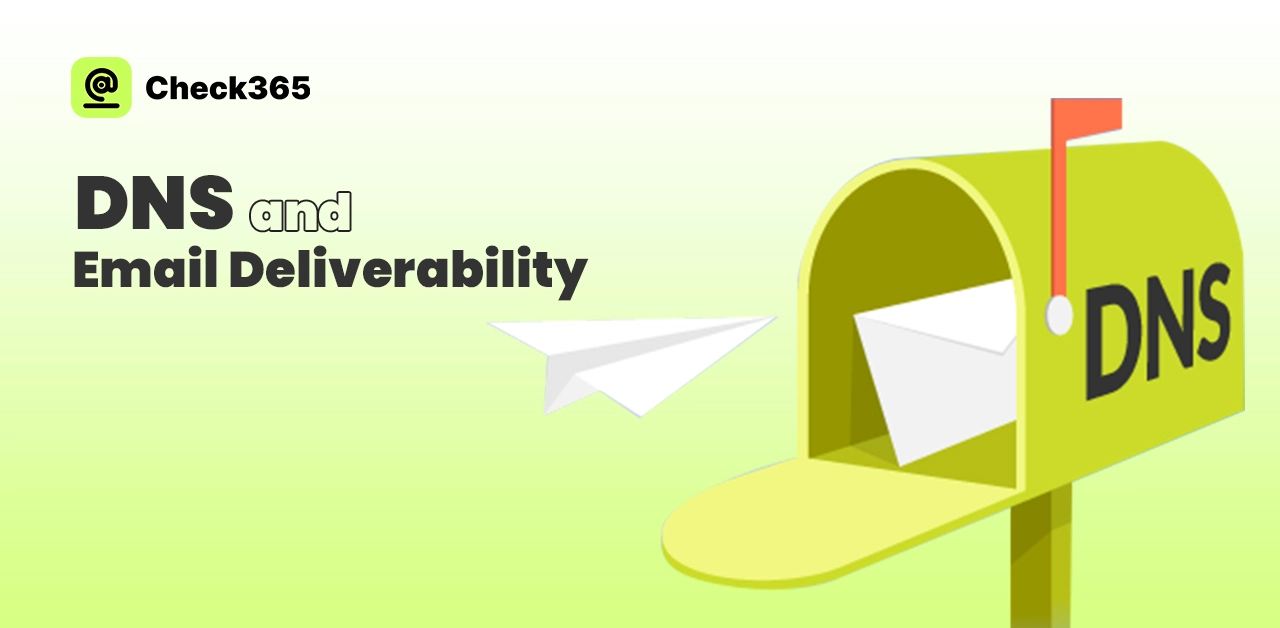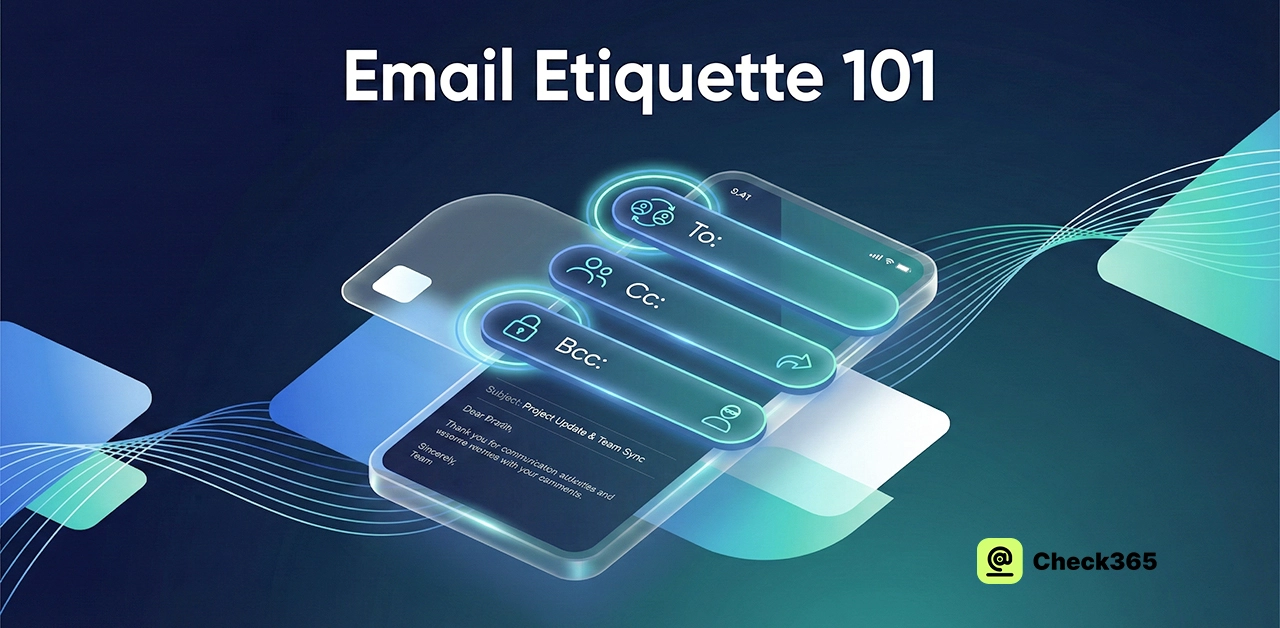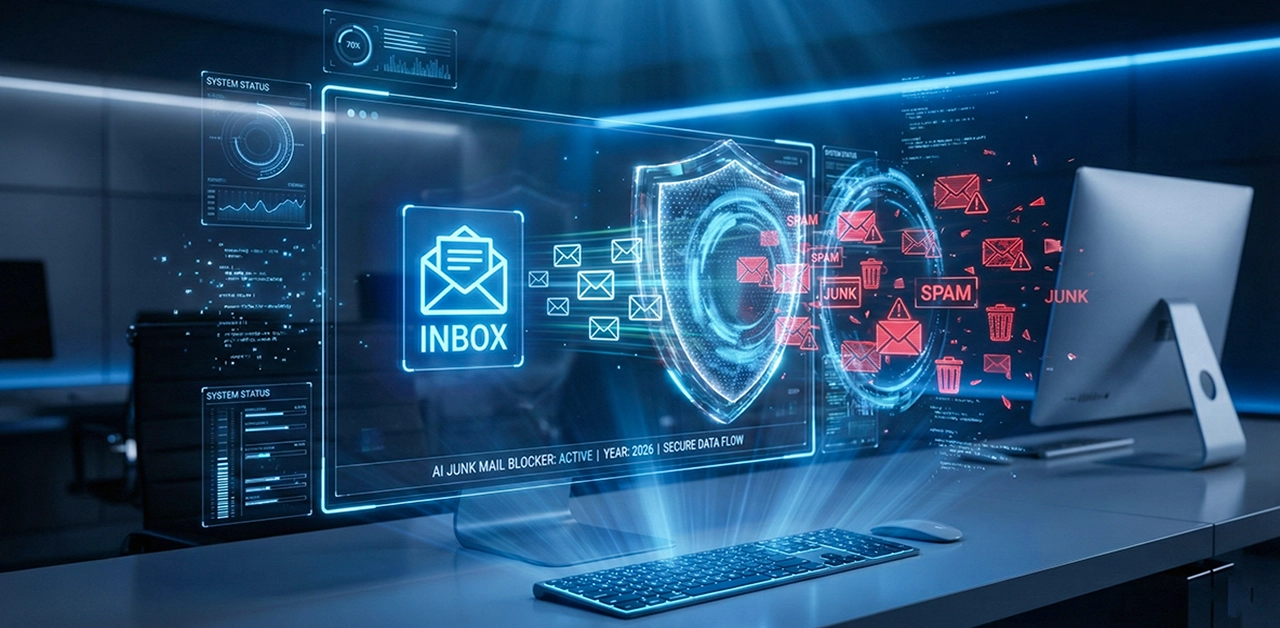If your emails keep going to spam or are not getting to your account at all, it could be because of how your DNS is set up. The Domain Name System (DNS) is a big part of where emails get sent. It links your name to important records like SPF, DKIM, and DMARC. These records help show that your emails are real and not spam. Getting the DNS set up right is not only helpful for businesses and marketers, but it's also important. If you do it right, email companies will trust you more, your name will be safer, and your emails will be more likely to be read. Let's know more details.
Overview of DNS & Email Deliverability
Domain Name System, or DNS, is like a phone book for the Internet. Your domain name is linked to the computers that handle your emails. Your emails might not get served or could go straight to spam if your DNS isn't set up right. You should pay attention to three DNS records: SPF, DKIM, and DMARC.
Email service companies use SPF to figure out which servers can send emails from your address. DKIM gives your emails a digital stamp that helps show they haven't been changed. DMARC gives companies extra safety by telling them what to do if something doesn't look right. Email services like Gmail and Outlook are more likely to trust your messages if these records are set up correctly.
How Does DNS Affect Email Delivery?
A lot of people get your emails, and DNS is a big part of that. It connects your site to important records like SPF, DKIM, and DMARC. These records help show that your emails are real and not from scammers. After making sure everything is set up correctly, email clients like Gmail and Outlook are more likely to trust your messages and send them to the right place instead of spam. SPF tells you things like which services can send emails for your name.
DKIM adds a digital signature to the email to show that it hasn't been changed. One step further, DMARC tells email companies what to do if something doesn't seem right. Your emails could bounce, go to spam, or be stopped if your DNS settings are off or missing. It's very important to keep your DNS information up to date because of this. Don't skip this easy step; it will help your emails get served and your sender image stay solid.
Common DNS Misconfigurations & How to Fix Them
DNS problems can make it hard to send emails, get to websites, and build trust in your name. SPF, DKIM, or DMARC records that are missing or wrong are a typical mistake. Your emails might be marked as spam if you don't have these. Making the right records and adding them to your DNS settings is easy if you use a good tool. Another issue is that the A and MX records are out of date or not right. They stop your domain from getting in touch with the right computers. That's why you should use tools like MXToolbox to check your DNS often and make sure everything is correct and up to date.
One more usual problem is typos. One wrong letter in a DNS record can stop your emails from getting through or shut down your website. So make sure everything is correct before you click "Save." Don't forget to change your DNS settings right away if you change your email service or server. If you skip this step, you could have a lot of downtime. Your emails will get through and people will continue to trust your name if you keep your DNS in good shape.
DNS & Deliverability for Bulk Emailing in the USA
When you send a lot of emails in the U.S., your DNS settings are very important for making sure they get delivered. Your emails might get filtered as spam or even stopped if you don't have the right DNS information. Businesses and marketers need to make sure SPF, DKIM, and DMARC are set up properly because of this. Email service providers can trust your emails because these records show that your name is safe.
Your author image is very important when you send a lot of emails. In the U.S., email clients like Gmail, Yahoo, and Outlook use DNS information to find and block spam. Your email marketing might not work if your name doesn't pass those tests. Now, if your DNS is correct, you have a much better chance of getting to the email. This is easy to do with tools like Check365. They can look over your DNS settings, test how your emails get served, and see if your name is on any blocked lists. That way, your mass emails will get to real people instead of their spam folders.
How to DNS Cache clear?
Start up your machine and type "cmd" to clear your DNS cache. Press Enter after typing ipconfig /flushdns. This gets rid of any old or wrong DNS information that your system has saved. Your computer will get new DNS information the next time you visit a site. If you're having trouble opening websites or seeing old pages, this is a quick fix.
How to Check Your DNS Configuration?
Open up the command line or shell to look at your DNS settings. Enter nslookup yourdomain.com and that's it. You'll see important information like your IP address and information about the site. You can also look at records like A, MX, TXT, and SPF with free online tools such as MXToolbox or DNS Checker. After changing your DNS, you should check these.
What does DNS mean in track?
DNS stands for "Domain Name System." It is used for setting up domains and tracking emails. It gets your domain name linked to the right computer. DNS is used to check that records like SPF, DKIM, and DMARC are set up correctly so that they can be tracked. These records let email providers know that the texts you send are real. Your emails might go to spam or not show up at all if your DNS isn't set up right.
How to test email deliverability?
You can use tools like Check365, Mail Tester, or GlockApps to see if your emails are getting delivered. It will show you if your message goes to the inbox or spam if you send a test email to the address the tool gives you. Some of the other things that these tools check are SPF, DKIM, DMARC setup, blacklists, and the text of your email. Testing often helps you find problems quickly and raises your chances of getting an email.
What affect email deliverability?
How well your emails get served depends on a number of things. Some of these are the image of your name and IP address, as well as the correct setup of records like SPF, DKIM, and DMARC. It's also important what's in your email. Words that sound like spam, broken links, or styles with lots of pictures can hurt you. Using the app also plays a part. If people don't open your emails or mark them as trash, they might not get delivered in the future. Don't forget to keep your DNS settings up to date, keep your list clean, and write clear content.
Final verdict
Getting your DNS settings right is one of the quickest and best ways to make sure that your emails get delivered. Email services can tell that your messages are real with the help of records like SPF, DKIM, and DMARC. This keeps them out of junk files. A clean and correct DNS setting also keeps your emails going smoothly and protects the image of your domain. Don't take a chance on delivery when you send emails, offers, or order updates. Check and tweak your DNS settings often with tools like Check365. Your emails are much more likely to get to the inbox, where they belong, if you set them up right and take care of them regularly.




